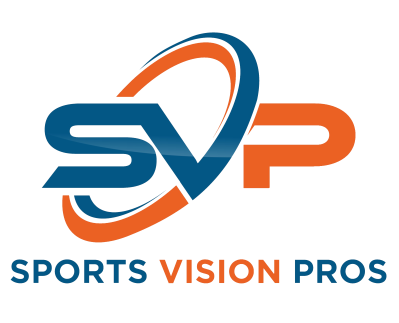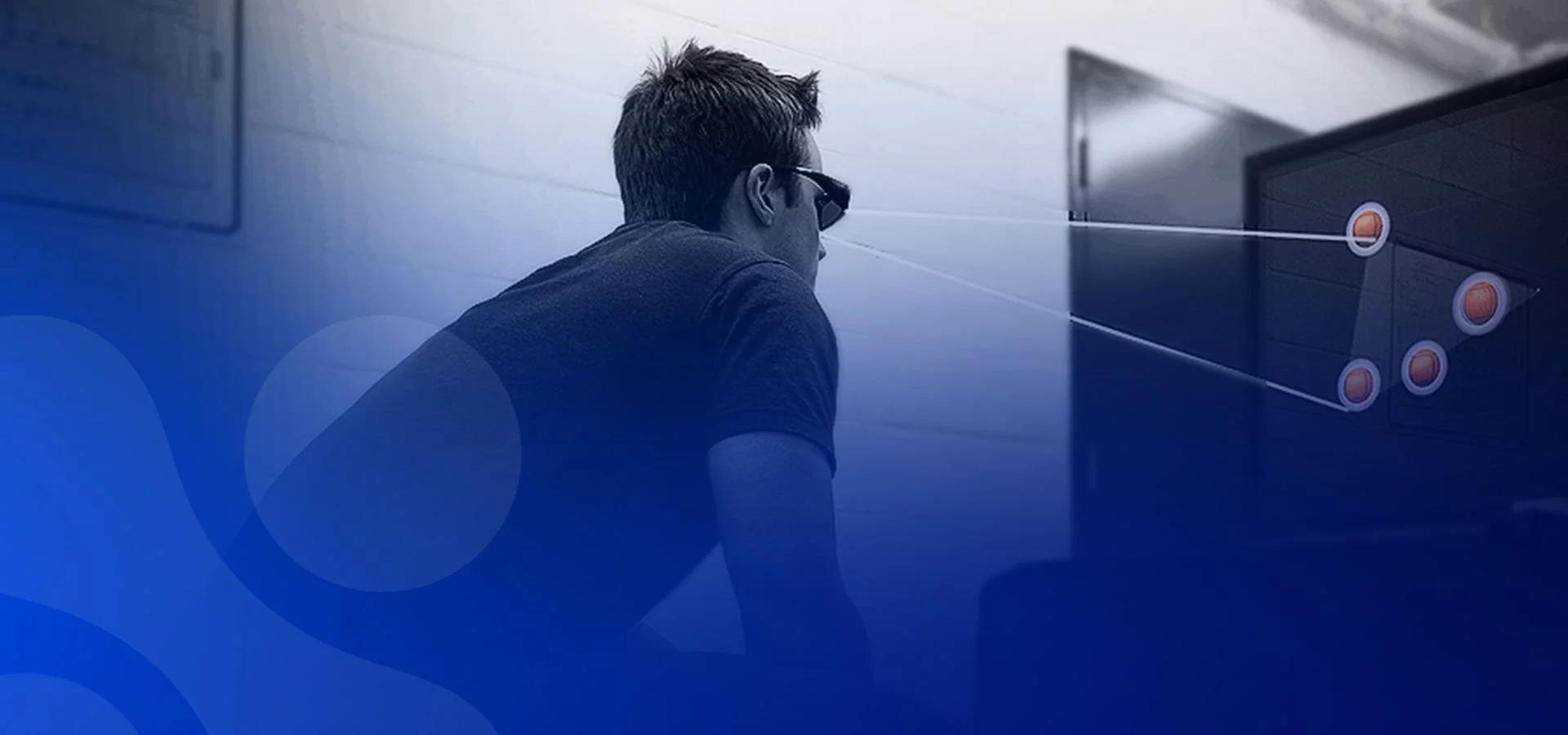Visual Skills - Visual Assessment
Before you can improve visual performance, you have to assess visual abilities. This is more than your basic eye exam - this is the start to better visual performance.
To properly assess your vision and build a vision training program, consult your local sports vision eye doctor.
Below is some basic Sports Vision concepts that you may want to discuss with your sports vision eye doctor. For more detailed information visit our Academy and Community Pages.
Case History
We commonly hear of athletes who have inconsistency in play, timing issues, struggle during stress, not living up to potential. In addition, we hear about eye injuries, poorly fit eyewear, and more. All of this is part of a sport/activity - specific case history.
Visual Acuity
"Sharpness of vision." Most athletes see better than 20/20 vision. If you are seeing 20/20, then you have room for improvement. Most athletes see 20/15 or better. In fact, MLB players have an average visual acuity of about 20/13.
Dynamic visual acuity is the ability to track an object in motion or an object while you are in motion. This, too, can be trained!
Contrast Sensitivity
"The degree of difference between tones." Activities are rarely black on white, so contrast assessment is considered a more "real-world" assessment of one's vision. Contrast needs to be assessed and maximized.
Depth Perception (stereopsis)
"The ability to perceive the relative distance of objects." Depth perception is made of both one eye (monocular) and two eye (binocular) cues. Depth should be assessed to assure how well both eyes work together. Distance depth perception is preferred
Accommodation & Vergence
(aka - Focus & Eye Teaming)
Accommodation is the "automatic adjustment of the focus of the eye." Accommodation = Focus
Vergence is the "simultaneous movement of the eyes toward or away." Vergence = aim.
Accommodation and vergence work together. We can assess to make sure this does not hold back performance
Fixation
"Concentrating the eyes directly on something." Dr. Joan Vickers at University of Calgary has done a lot of work on the role of where our eyes fixate when we perform tasks. For many tasks, elite performers have a steady fixation. This can be assessed.
Eye Movements
The ability to follow a slow moving target (pursuit eye movement) or a fast moving target (saccades), can be critical in certain sports / activities. There are multiple ways to assess eye movements and these are critical for performance. Our industry partner, RightEye, has products to help with this.
Peripheral Awareness
The ability to be aware of what is going on in your periphery and being able to respond to it is key in sport / activities. This can be tested with a "light board" and other ways.
Peripheral awareness may play an important part in concussion mitigation. Check out the articles by Dr. Clark and his team from University of Cincinnatti and also Neuro-Optometric Rehab Association
Eye Hand / Foot / Body Reaction
"The length of time for a person to respond to a given stimulus."
Depending on the sport / activity, one's eye-hand or eye-foot or eye-body reaction time may be critical.
This can also be broken up into a simple reaction time or a complex reaction time where one has to make a decision before reacting.
Anticipation Timing
The ability for one to expect or predict the timing of a target getting to a certain place. An example may be the timing of catching a ball. While this may seem easy, there is a lot of visual processing that is involved for accurate timing.
Balance
An ability to "remain upright and steady." This is an integration of one's visual, vestibular, and proprioception.
Often, one may assume that vision has nothing to do with balance, but it may be the key to balance issues. It may also be integral for sea and motion sickness.
Eye Dominance (preference)
While this is a popular topic to discuss, eye dominance is a measurement that is primarily informational only. For sports where only one eye will be used (ex. certain shooting sports), this is an important piece of information. Because most other sports/activities are binocular, eye dominance has less of a role.
The Sports Vision Pyramid™ was designed by Dr. Daniel Laby and Dr. David Kirschen. It is a great tool to describe the layers of Sports Vision and critical aspects to performance. Find out more about Dr. Laby and Dr. Kirschen at: https://sportsvision.nyc and http://www.cvcbrea.com/meet-our-doctor. Below Dr. Smithson discusses some of the aspects of their Sports Vision Pyramid.
Partners


















